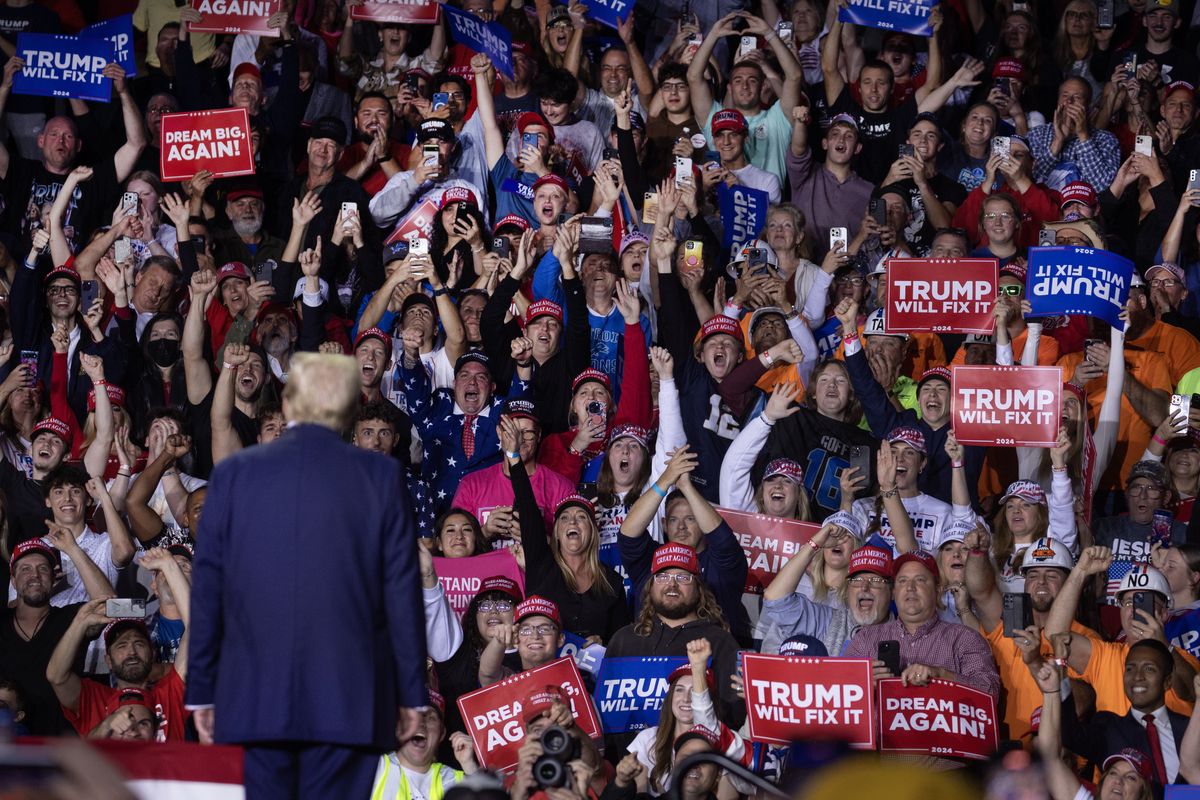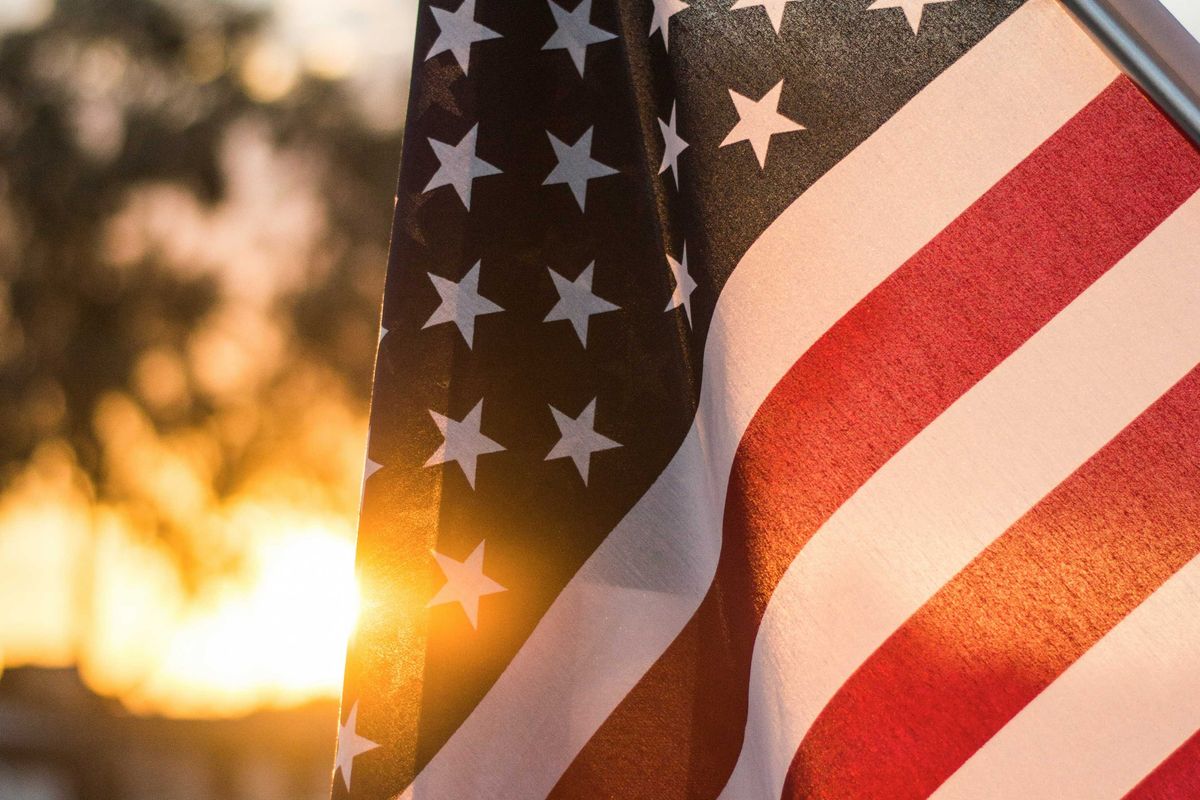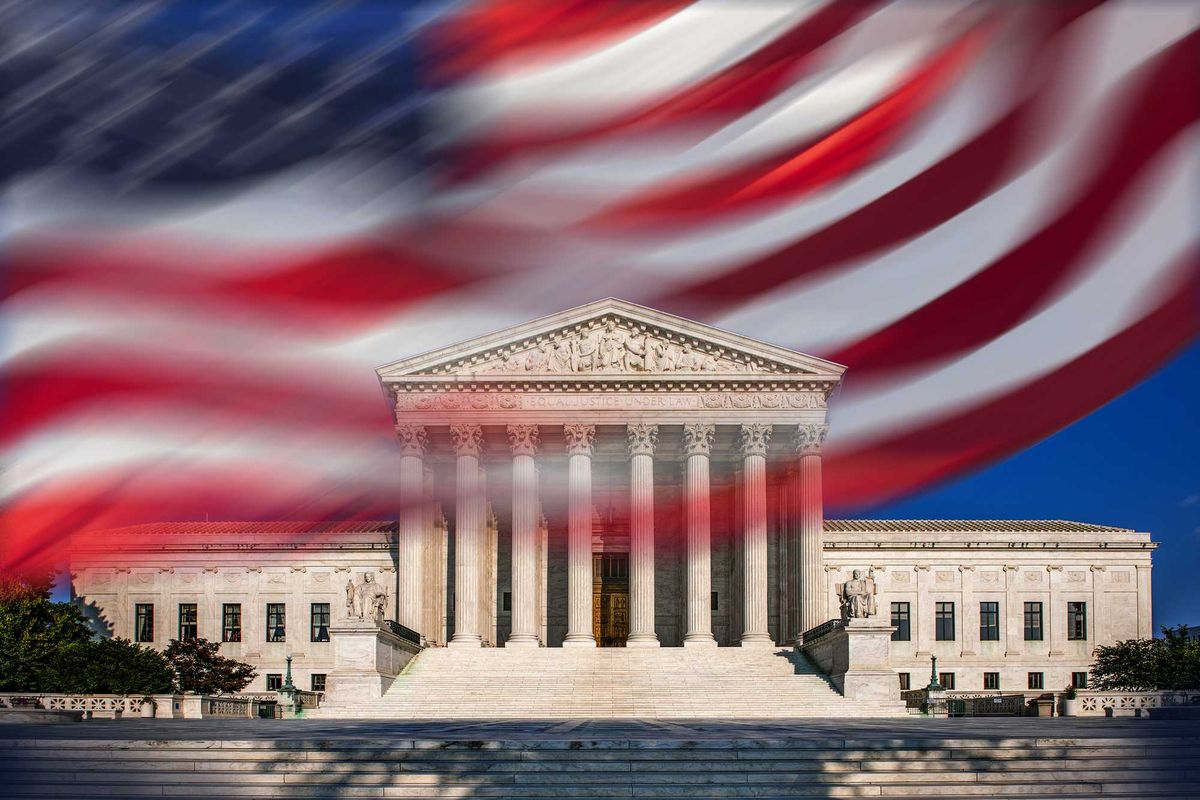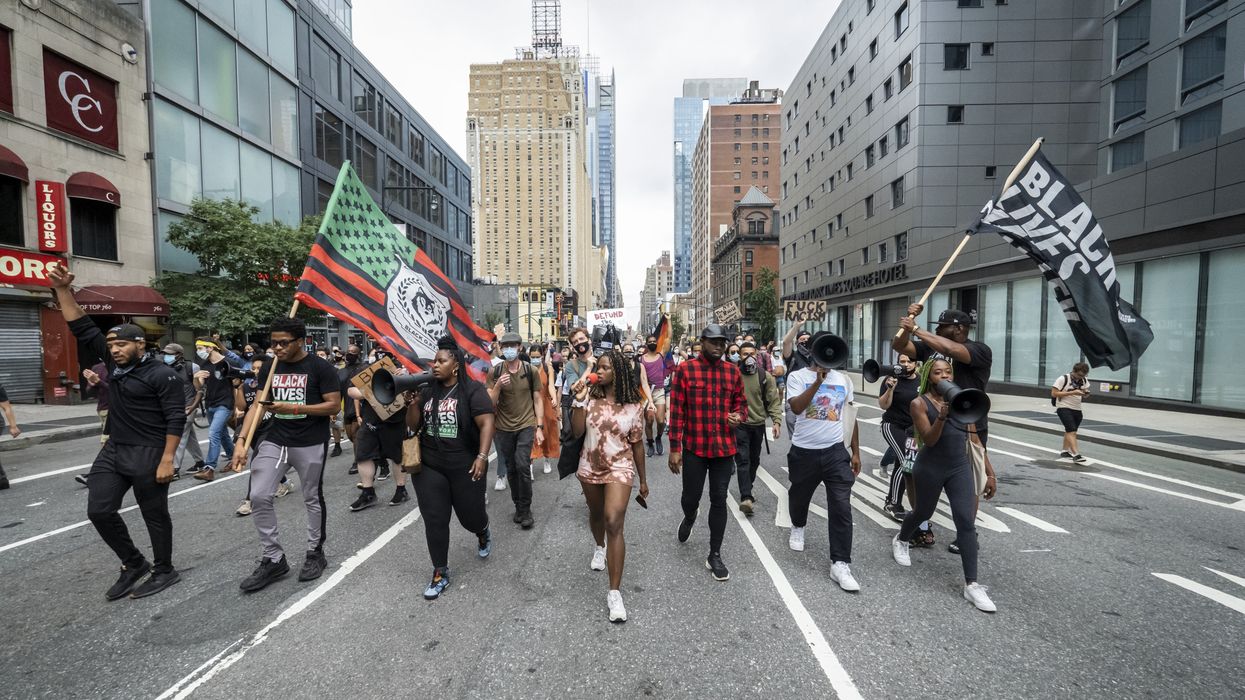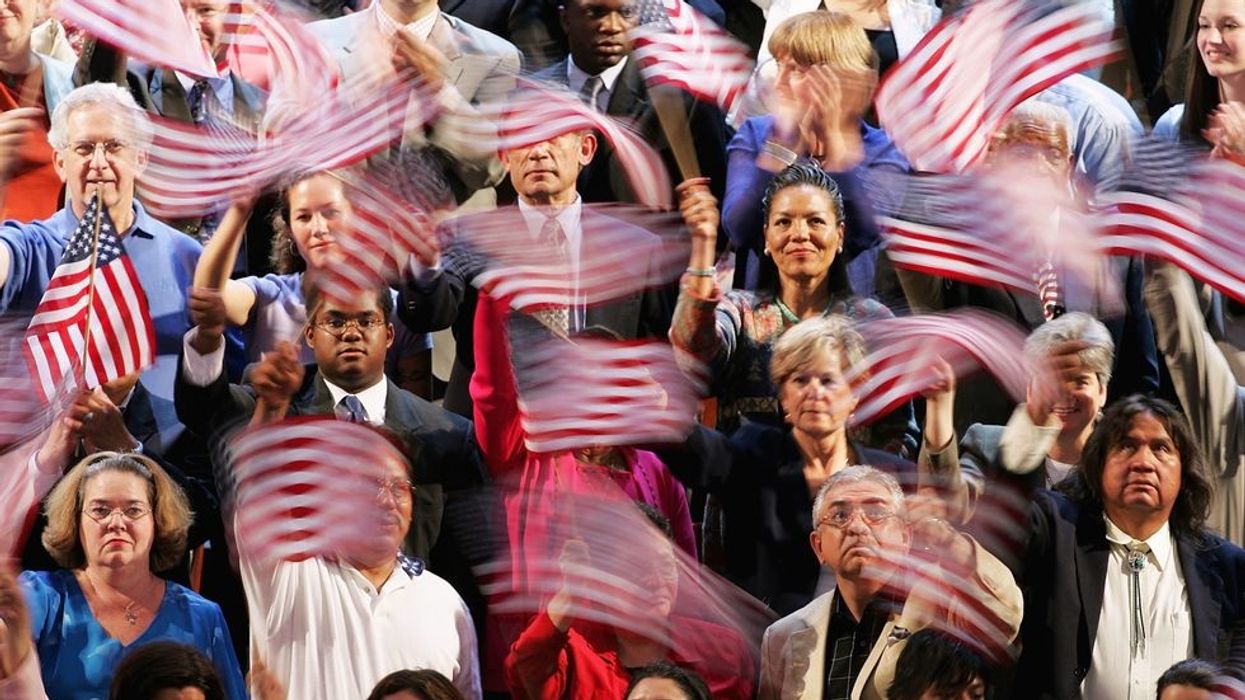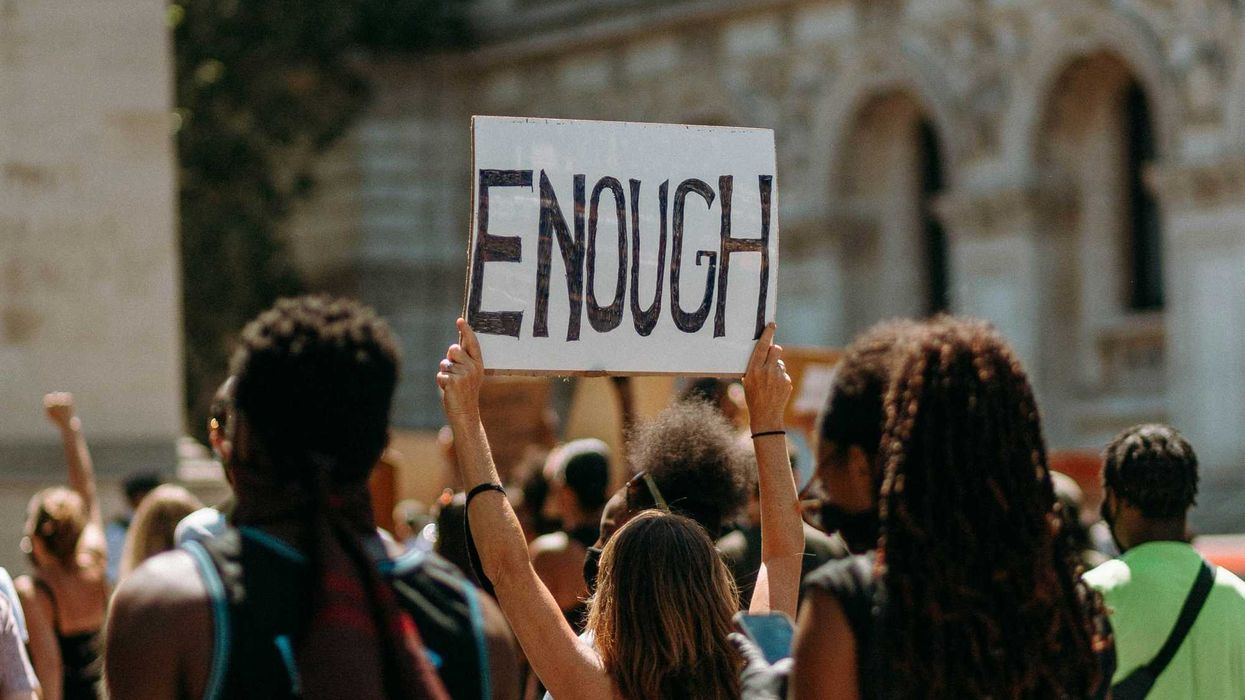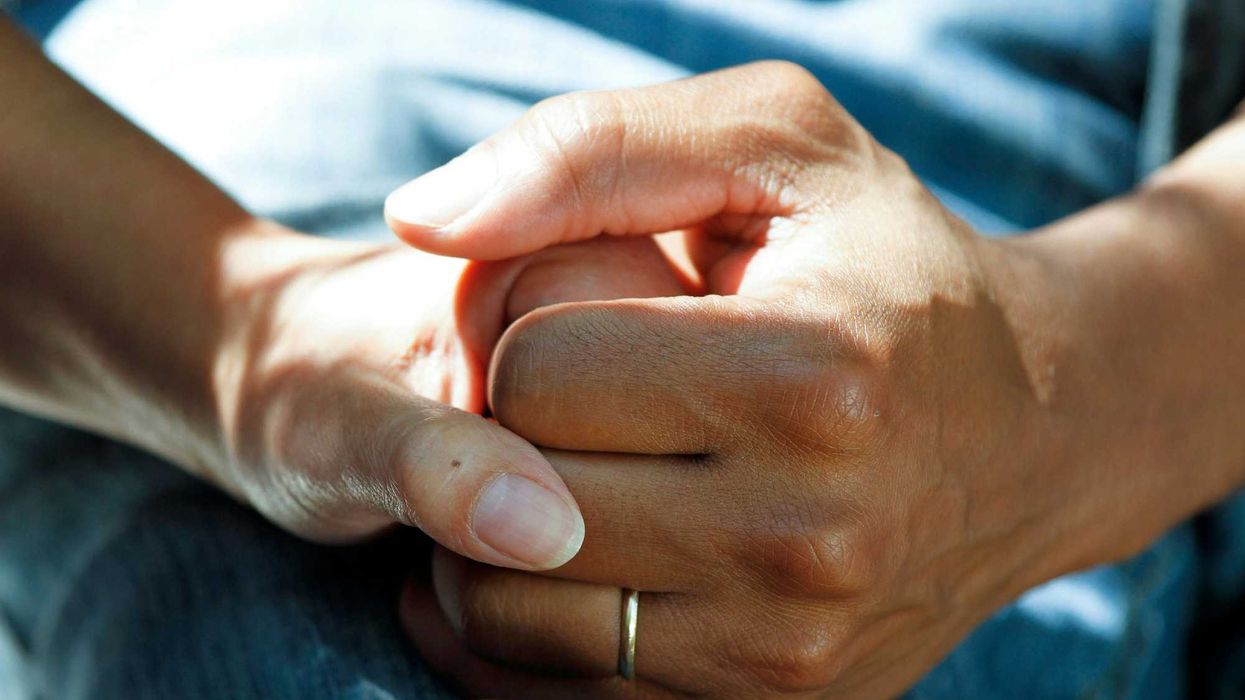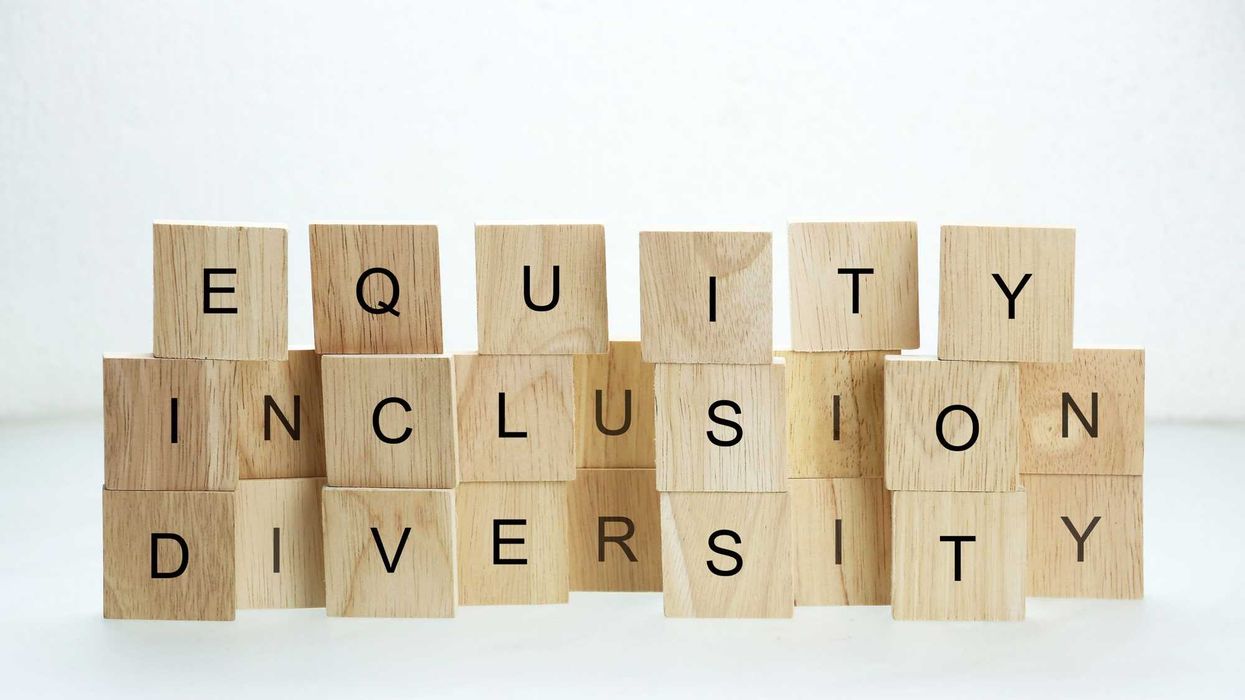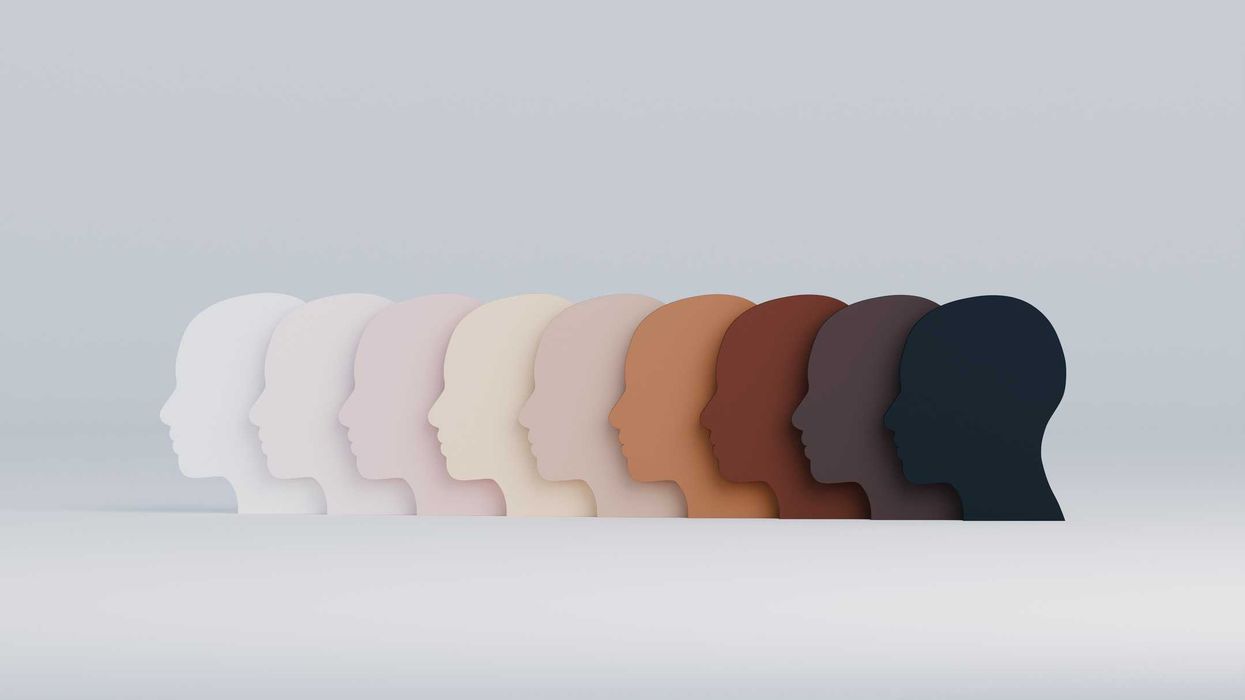Agbo is the CEO of the Kataly Foundation and the managing director of the foundation’s Restorative Economies Fund.
It’s another election year. Another year when the stakes are sky high and the promise of our democracy is in peril. Another year when people — primarily people of color — are asked to put aside differences and come together to save our country.
What is the responsibility of philanthropy in yet another moment of political uncertainty?
I have read perspectives from philanthropy leaders offering hopes for a commitment to pluralism, unity, and bridge-building. Polarization and divisiveness are presented as twin plagues threatening our democracy. But this analysis is fundamentally flawed. Polarization and divisiveness are symptoms of the problem, not the problems themselves. Until we address the root causes of the injustices that sow division, any sense of unity is inauthentic and disproportionately taxes those most proximate to the harm.
To preserve democracy, we must first acknowledge that the promise of American democracy has yet to be fully realized, in large part due to the vestiges of slavery in our political systems. Recognizing that truth, we can meaningfully grapple with the role that philanthropy can play in sustaining democracy. Most importantly, we can stand on the side of justice, eschew the convenience of neutrality, and provide long-term, at-scale support for social movements.
When we consider how to protect and preserve democracy, we must remember that the democracy as designed at the country’s founding exclusively served the interests of wealthy white landowners. As journalist Nikole Hannah-Jones, creator of the 1619 Project, reminds us, “Black people have been the great perfectors of the American democracy.”
In short, it’s only through the resistance and struggles of social movements, particularly underpinned by the political organizing and analysis of Black people, that voting rights full citizenship were extended to white women through the 19th Amendment in 1920 and to Black people through the civil rights movement and enactment of the 14th and 15th amendments.
Our democracy still moves sluggishly through the dregs of slavery thanks to the Electoral College, a system designed to protect the influence of white slave owners. This legacy is made more foul through constant attacks on voting rights and voter suppression, which are particularly aimed at voters of color. These assaults on fundamental rights illustrate how we continue to struggle toward the realization of a more perfect, multiracial democracy.
Those who seek the full realization of our democracy strive only for the narratives and promises made to all Americans. As history shows, progress is achieved by constantly demanding greater inclusion and equity. Social advancements aren’t handed out to people standing in line, patiently waiting their turn.
Many of the narratives about advances in our democracy are retold as though benevolent white men generously shared their rights and wealth with others. In fact, we know that it has always been through the organized struggles led by social movements composed of Black and Indigenous people, people of color, poor and working-class people, and transgender and gender non-conforming people that we can boast progress, even if we lag far behind other nations.
President Abraham Lincoln did not willingly free the enslaved people of the South, and President Lyndon Johnson did not dream up and pass the civil rights legislation of the 1960s on his own. The 40-hour work week was not a manifestation of corporate benevolence. These achievements were realized only through many years and sometimes decades of struggle, resilience, and the audacity to demand dignity, respect, and rights. The few times we’ve seen those in power proactively enact legislation or initiatives that have helped to make positive economic and social advancements for society have been initiatives like the GI Bill, which targeted investments and centered participation for white men while excluding Black men from the very same programs.
By demonizing resistance and minimizing it as divisive, we place the burden to take the high road on the most disadvantaged. From the policy decisions to daily microaggressions of those in power, it is clear that they have no intention to collaborate and no interest in negotiating. The responsibility to “go high” must be placed on those who have the most resources, information, and support to go more than halfway to meet and understand those who demand care and equal treatment under the law.
Desmond Tutu once wisely said: “If you are neutral in situations of injustice, you have chosen the side of the oppressor.” Philanthropy cannot pretend that we are not aware of the deep systemic injustices baked into the American democratic project. Once we acknowledge those injustices, claiming false equivalencies or taking a “both sides” point of view demonstrates an unwillingness to stand firmly on the side of justice for fear of disrupting the status quo.
And yet we must have compassion for leaders in philanthropy who do this, because they are trained to believe that they must hold onto their proximity to power in order to stay relevant, safe, and secure in their positions. So rather than plant their foot on one side of the debate, they toe the line between two perspectives so that they can appear palatable to either side and teeter back and forth between whichever side is most convenient on any issue at any moment.
Given our power and influence — particularly when the name “philanthropy” translates to “love of humanity” — we cannot choose neutrality. That would suggest we are satisfied with our democracy and country as they are, unwilling to strive for a more perfect union. It would mean we accept the status quo, which benefits white, male, wealthy individuals at the exclusion of everyone else.
Often, philanthropy hedges bets by investing in both sides of an issue: We fund the work of prison abolitionists while investing in private prisons. We support climate and environmental justice work while holding stock in fossil-fuel companies. This allows us to feel good about our charitable work without confronting the realities of what it truly means to stand for justice and the love for humanity.
The question becomes: If we choose to stand on the side of justice, what is the responsibility of philanthropy to protect democracy? Our role must be to support organizers and social movements that champion a long arc vision of a truly inclusive, multiracial democracy. We must sustain the organizations that pursue civic engagement work, particularly outside election seasons, when many politicians forget the platitudes they made to poor and working-class communities in exchange for votes.
Intersectionality, a term and idea coined by Kimberle Crenshaw, helps us understand that to fully participate in a multiracial democracy, you must have your needs met at the crossroads of your identity and day-to-day experiences. This means that who we are, where we live, and how we live, all impact our safety and security, which ultimately shapes our ability to participate in democracy. Economic stressors that require people to work multiple jobs limit their opportunity to vote. Individuals, families, and communities under economic duress, facing daily threats to their safety due to criminalization of poverty, race, gender, religion, or any other identifying characteristics might even regard the act of voting or the election system itself as irrelevant to their daily needs.
For this reason, philanthropy also has a responsibility to fund initiatives that address the economic needs of Black and Indigenous people, all people of color, and poor and working-class communities. A strong economic foundation, including a resilient social safety net, can provide individuals with the confidence and stability to think beyond their immediate needs and to consider participating in the democratic project.
Democracy, obviously, is not just about casting a vote. It’s about engaging in the community every day, having time to spend with family and friends, and the space to get to know neighbors, patronize local businesses, participate in city council meetings, volunteer on commissions or at schools, etc. It is important for philanthropy to recognize that all these routine actions, big and small, contribute to someone’s sense of belonging and a productive democracy.
It’s critical that philanthropy provide generational, multi-year general operating support. Such support is what gives a movement-building organization the financial flexibility to meet the unanticipated daily needs of its membership and community and experiment with how to expand civic engagement and democratic participation. Philanthropy’s heavy-handed restricted funding fails to recognize that people live not in silos but lead whole and integrated lives.
Following the Fearless Fund ruling that a grant program for Black women business owners is discriminatory, the responsibility of philanthropy is to demonstrate that we will not operate from a place of fear, and we will not waver in our support for racial justice. Philanthropy has the moral responsibility to use our voice, power, and resources to support those committed to the ever-enduring struggle of a more just world, a fair and equitable democracy, and most importantly the right for everyone to be able to participate in the great multiracial democratic experiment that is the United States of America.
T his writing was originally published in The Commons, a project of the Chronicle of Philanthropy.

